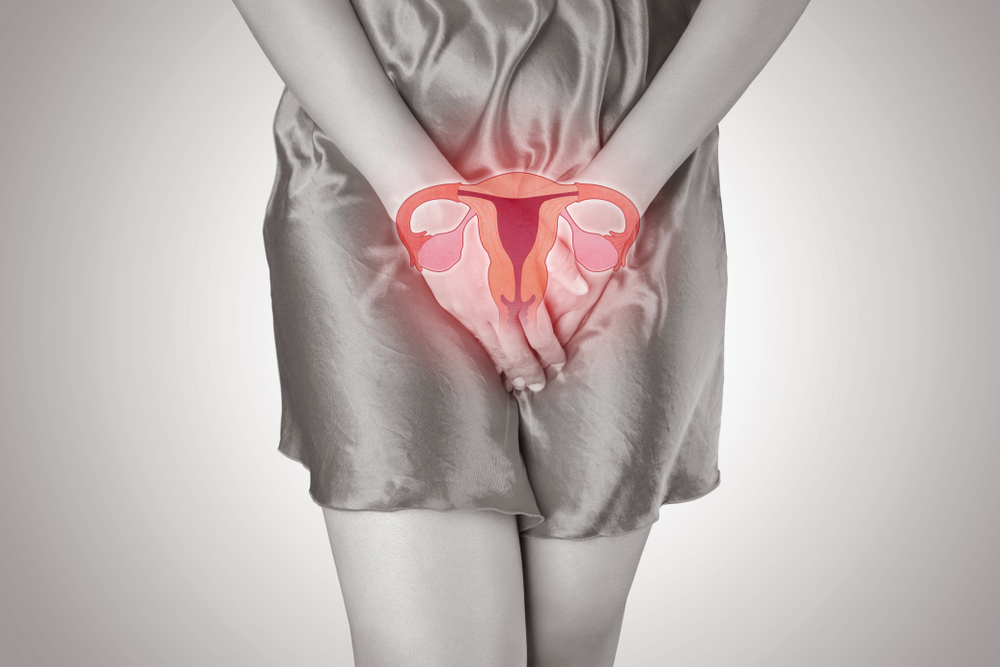Contents:
- Medical Video: Diagnostic Pelvic Laparoscopy Exam
- 1. Endometriosis surgery with laparoscopy
- Laparoscopic procedure
- Side effects and risk of complications from laparoscopy
- 2. Endometriosis surgery with removal of the uterus
- Hysterectomy
- Oophorectomy
Medical Video: Diagnostic Pelvic Laparoscopy Exam
Endometriosis surgery is the most recent medical action taken to treat endometriosis. Although surgery cannot cure endometriosis, at least this can control the symptoms of endometriosis that are felt. What types of endometriosis surgeries might a doctor do?
1. Endometriosis surgery with laparoscopy
Laparoscopy is the most common procedure used to diagnose and treat endometriosis. Laparoscopy is done by removing a cyst or scar tissue that is inside the stomach using heat or a laser.
Laparoscopy is performed for a number of conditions, including when:
- Hormone therapy cannot control the symptoms of endometriosis
- There is scar tissue or cysts that grow and interfere with the functioning of other organs in the stomach
- Endometriosis is thought to cause infertile women
Laparoscopic procedure
Before undergoing laparoscopy, you should not eat or drink for at least 8 hours before the operation takes place. Most laparoscopy includes an outpatient procedure so you don't need to stay in the hospital first.
The laparoscopic procedure is performed using a long and thin tube with a camera at the end, or called a laparoscope. During laparoscopy, the device will be inserted into the stomach through a small incision placed below the navel.
When endometriosis or scar tissue is found, the doctor will then remove the tissue or warm up (endometrial ablation) to destroy the tissue. After the surgery is complete, the incision is then closed with several stitches.
Because the incisions given are only small, the effects of laparoscopy do not cause much pain, even some patients may go home the same day after surgery. Even though laparoscopic endometriosis surgery can help relieve symptoms, symptoms of endometriosis can recur at any time.
Side effects and risk of complications from laparoscopy
Just like surgery in general, laparoscopy can also cause some side effects such as nausea, vomiting, excess gas in the stomach, mild vaginal bleeding, pain in the incision, and an unstable mood.
You are encouraged to avoid a variety of strenuous activities after doing a laparoscopy, such as intense physical exercise, lifting heavy weights, and having sex. You are allowed to return to having sex after 2-4 weeks of surgery, but consult with your doctor first to ensure your physical readiness.
Complications of laparoscopic surgery are rare. However, there are still possible complications such as bladder or uterine infections, bleeding, and damage to the intestine or bladder. Therefore, fill your intake of nutrients and fluids while taking adequate rest to speed up the recovery process. Don't forget to routinely check with your doctor to control the results of surgery.
2. Endometriosis surgery with removal of the uterus
Hysterectomy and oophorectomy (removal of the ovary) is a procedure that involves removing the reproductive organs in women to treat endometriosis. Because it involves removing the uterus, this procedure is only done for women with endometriosis who have no plans to get pregnant again.
Hysterectomy
A hysterectomy is a procedure to remove the uterus under general anesthesia. There are several types of hysterectomy that can be done, including:
- Total hysterectomy, including removal of the uterus and cervix.
- Supracervical or partial hysterectomy, including removal of the upper uterus but the cervix remains in place.
- Radical hysterectomy, which includes total hysterectomy which also removes the structure around the uterus. This is usually done if there is a development of cancer around the uterus.
Hysterectomy can be done in various ways, namely through the vagina, stomach, or by laparoscopy, depending on the patient's condition.
Vaginal hysterectomy is the removal of the uterus through the vagina. This procedure cannot be performed on women who have adhesions from previous surgeries or have large wombs. Vaginal hysterectomy causes fewer complications and the healing time is relatively faster than abdominal hysterectomy or laparoscopy.
Abdominal hysterectomy is the removal of the uterus through an incision in the lower abdomen. In contrast to vaginal hysterectomy, abdominal hysterectomy may be performed in women who have adhesions or have a large uterus. However, the risk of complications is greater, which can lead to wound infections, bleeding, blood clots, and nerve and tissue damage. This is why, the recovery period of abdominal hysterectomy tends to be longer than the other two hysterectomy procedures.
Laparoscopic hysterectomy only requires a few small incisions, about four centimeters, in the abdomen to remove the uterus. Compared to two other hysterectomy procedures, laparoscopic hysterectomy provides less pain and complications so that recovery is shorter. You may be able to return to normal activities faster.
However, be careful of the possible risk of complications, such as injury to the urinary tract and other organs. Therefore, do routine control with your doctor to monitor the results of your surgery.
Oophorectomy
Oophorectomy is a procedure for removing the ovary to treat endometriosis. When the two ovaries are removed, the surgical procedure is called bilateral oophorectomy. Whereas if only the removal of one of the ovaries is carried out, this is referred to as a unilateral oophorectomy.
Oophorectomy can be done in two ways, namely abdominal surgery or laparoscopic surgery. Abdominal surgery is done by making an incision in the abdomen and separating the abdominal muscles carefully, then the ovary is removed. Whereas in laparoscopic surgery requires the help of a laparoscope to see and lift the ovary.
Oophorectomy can help reduce pain in the long run due to endometriosis. However, after the ovaries are removed, the side effects can make the lower estrogen levels worse. This also makes the risk of osteoporosis increase when you start entering early menopause. To work around this, you can consult a doctor to perform certain procedures to protect your bones.













